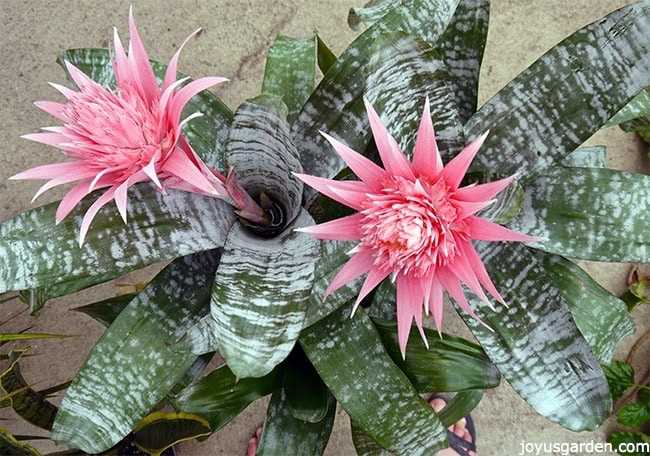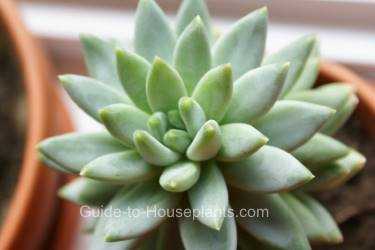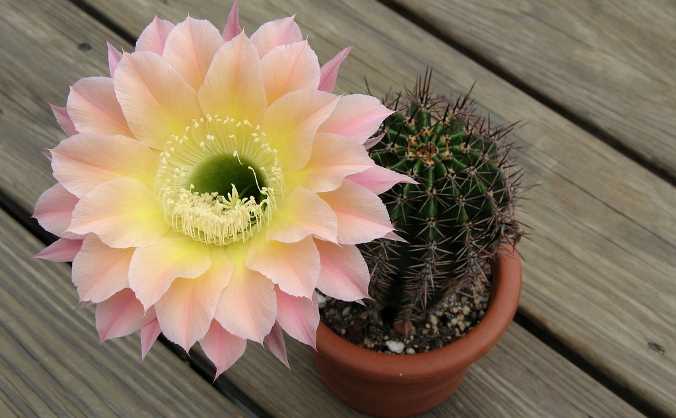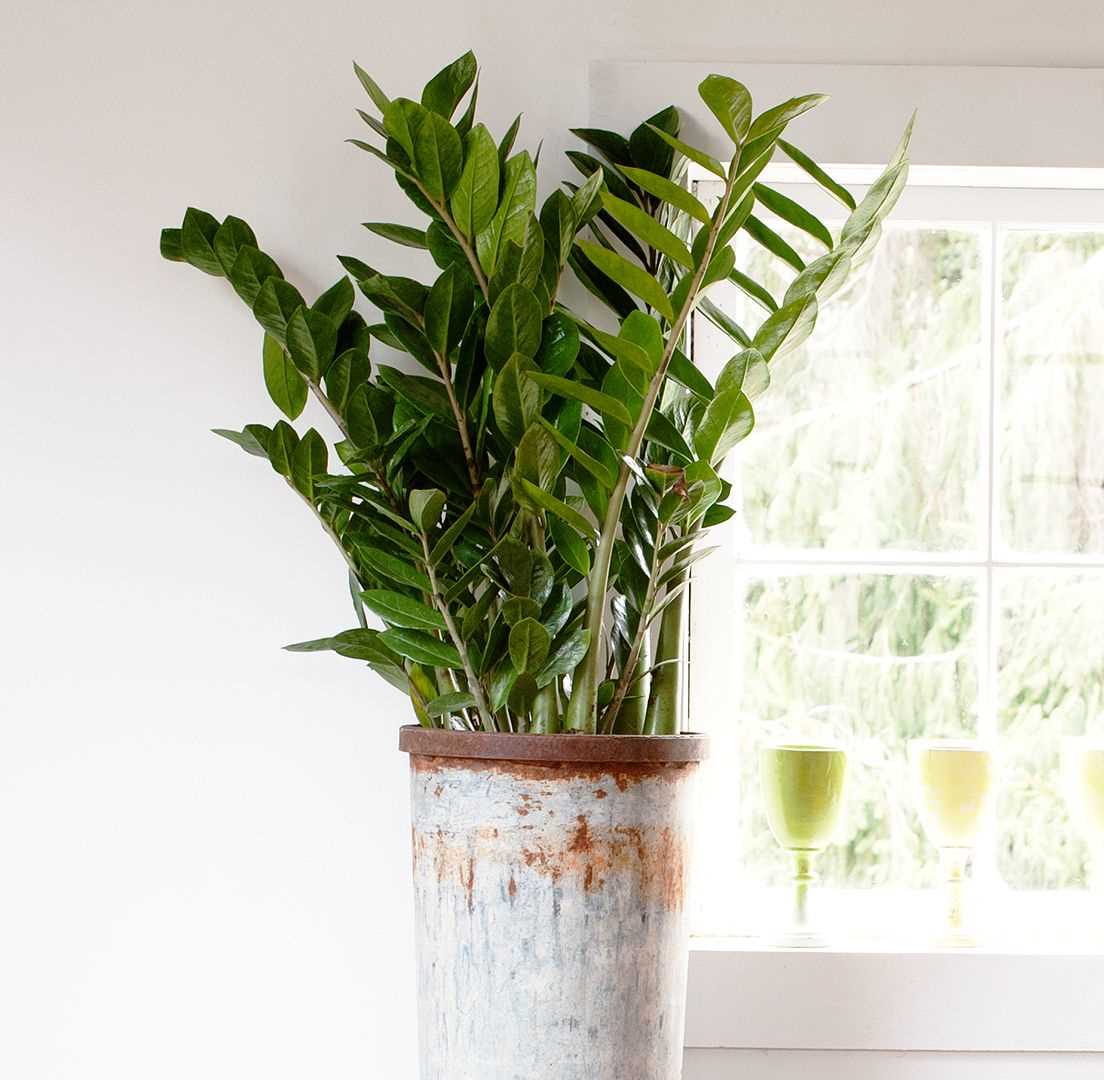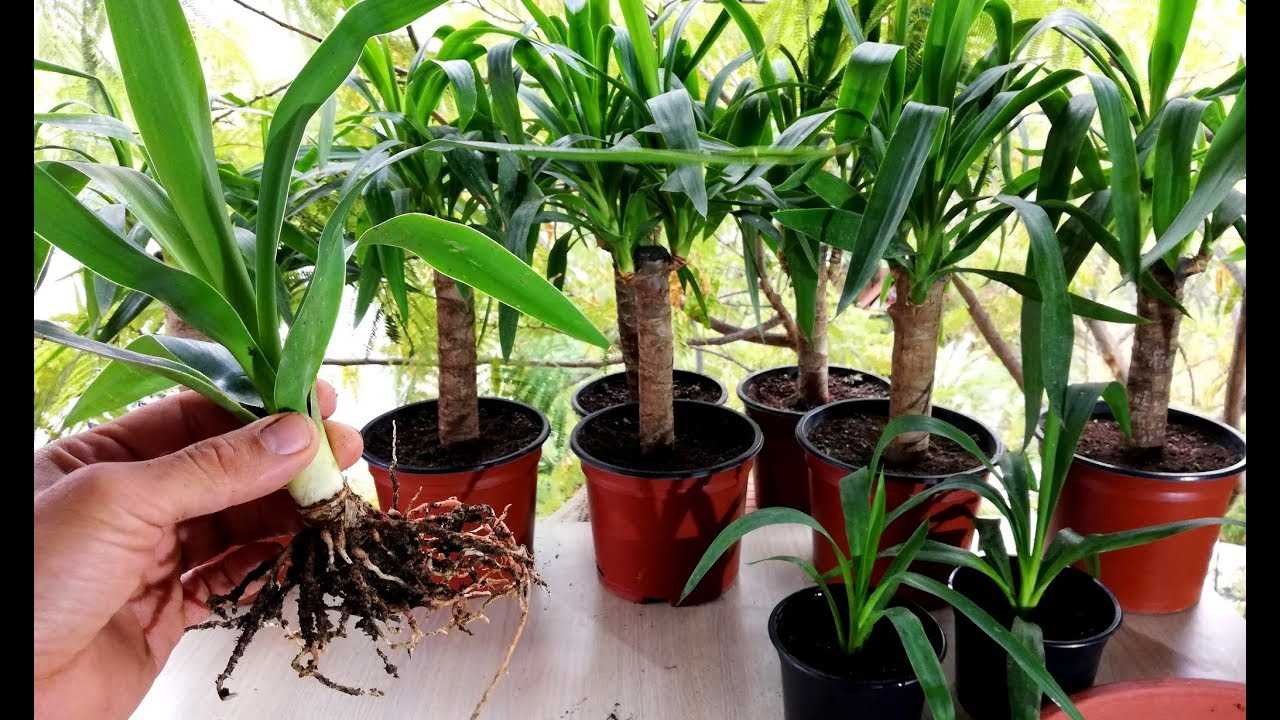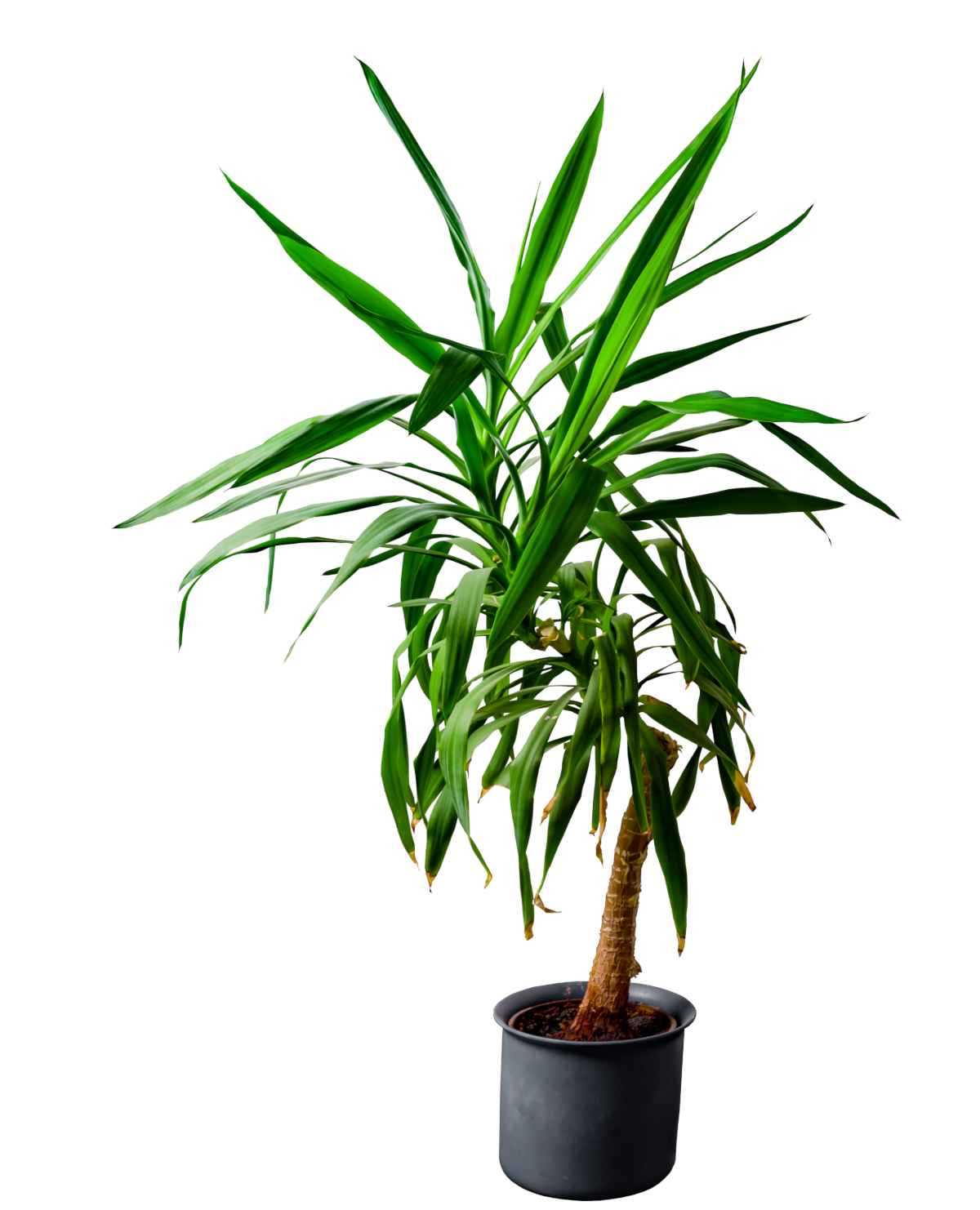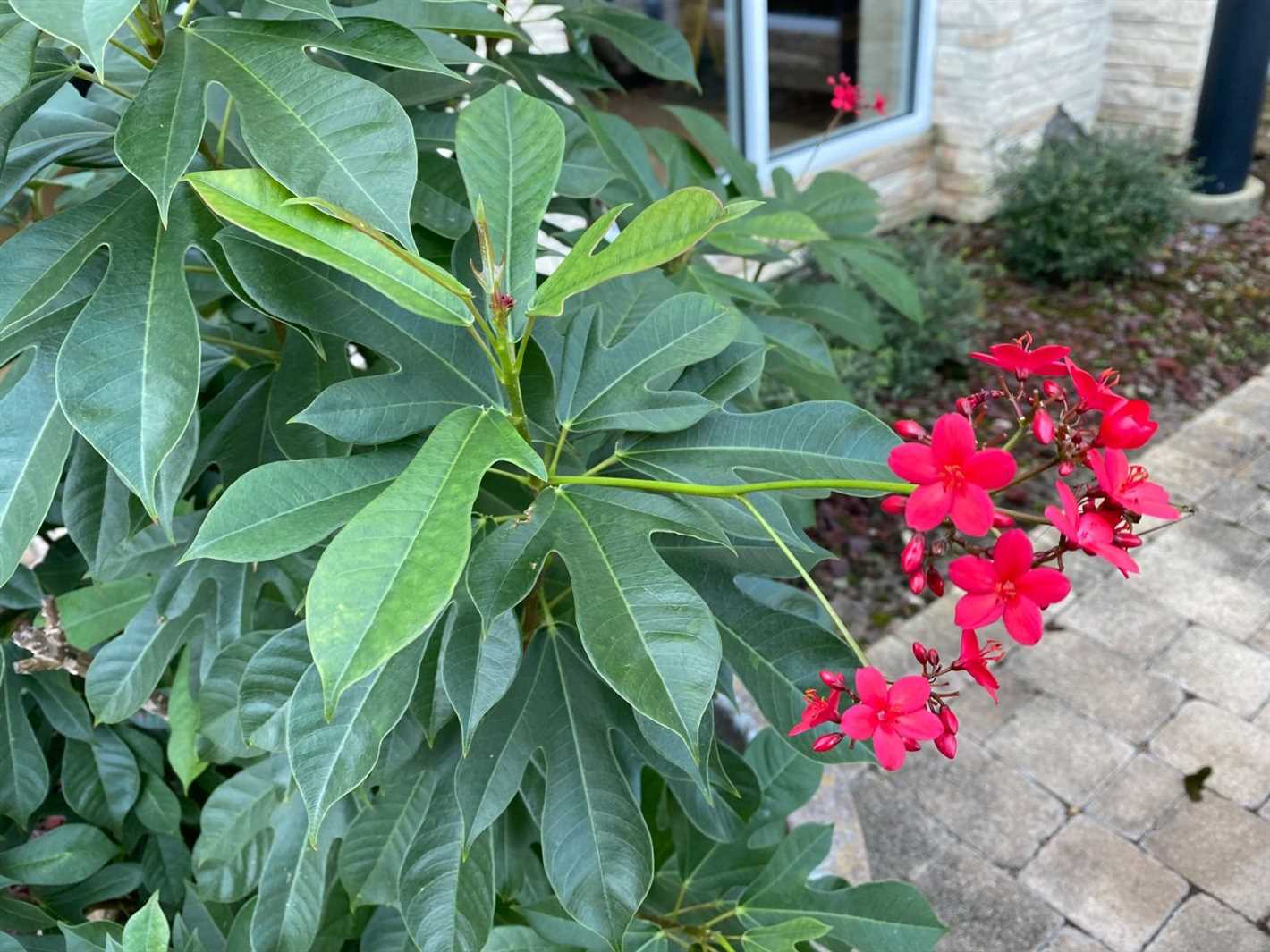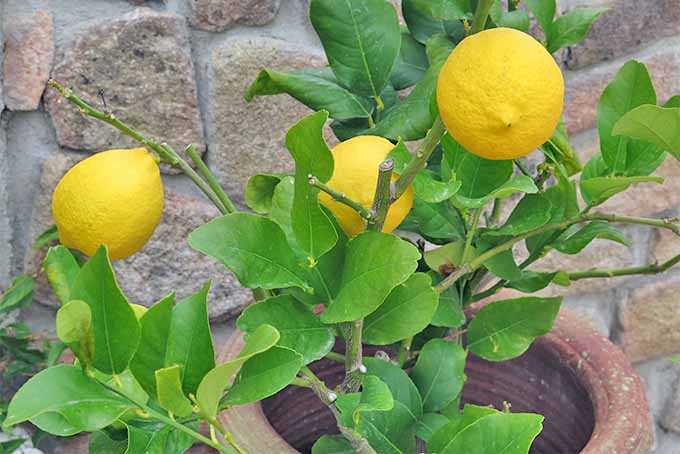- Understanding Monstera Plants: A Beginner’s Guide
- Introduction to Monstera Plants
- Monstera Plant Types and Varieties
- Light and Temperature Requirements
- Watering and Humidity Needs
- Soil and Fertilizer Requirements
- Propagation and Pruning
- Potting and Repotting
- Pest Control and Common Problems
- Conclusion
- Exploring Different Types of Monstera Plants
- 1. Monstera Deliciosa
- 2. Monstera Adansonii
- 3. Monstera Obliqua
- 4. Monstera Borsigiana
- 5. Monstera Siltepecana
- Popular Monstera Varieties for Indoor Gardening
- 1. Monstera deliciosa
- 2. Monstera adansonii
- 3. Monstera obliqua
- 4. Monstera pinnatipartita
- How to Choose the Right Monstera for Your Home
- 1. Space
- 2. Lighting
- 3. Maintenance
- 4. Aesthetic Appeal
- Essential Care Tips for Monstera Plants
- 1. Light
- 2. Watering
- 3. Humidity
- 4. Fertilizer
- 5. Pruning
- 6. Support
- 7. Repotting
- 8. Pests
- 9. Cleaning
- 10. Propagation
- Conclusion
- Providing the Ideal Environment for Your Monstera
- 1. Light
- 2. Temperature
- 3. Humidity
- 4. Watering
- 5. Soil
- 6. Fertilizer
- 7. Pruning
- 8. Potting and Repotting
- Common Diseases and Pests that Affect Monstera Plants
- Diseases:
- Pests:
- Propagation Techniques for Growing Your Own Monstera Plants
- 1. Stem Cutting Propagation
- 2. Air Layering
- 3. Division
- Q&A:
- What are the different types of Monstera plants?
- How do I care for Monstera plants?
- What is the best type of potting mix for Monstera plants?
- Can Monstera plants tolerate low light conditions?
- How often should I water my Monstera plant?
- How often should I fertilize my Monstera plant?
- Video: The Mysteries of Monstera Deliciosa: A Beginner’s Guide to Growth and Care
If you’re a plant lover, the Monstera is probably on your wish list. Known for its large, beautiful leaves and exotic appearance, it’s no wonder why this plant has become so popular. But if you’re new to Monstera ownership, you may be wondering where to start when it comes to caring for this tropical beauty.
In this article, we’ll cover everything you need to know about Monstera care. We’ll discuss the different types and varieties of Monstera plants, and provide tips for keeping your Monstera happy and healthy.
One of the most common types of Monstera is the Monstera deliciosa, also known as the Swiss cheese plant. This plant gets its name from the distinctive holes that develop in its leaves as it matures. The Monstera deliciosa is a relatively easy plant to care for, making it a popular choice for beginners.
Another popular variety is the Monstera adansonii, also known as the Swiss cheese vine. This plant has smaller, more delicate leaves than the Monstera deliciosa, but still retains the unique holey appearance. The Monstera adansonii is a trailing vine, making it perfect for hanging baskets or allowing it to climb up trellises or walls.
Whether you choose the Monstera deliciosa or the Monstera adansonii, the key to keeping your Monstera thriving is providing it with the right conditions. These plants prefer bright, indirect light and require a well-draining soil. They also appreciate regular misting to keep the humidity levels up.
By understanding the different types and varieties of Monstera plants and their care requirements, you can ensure that your Monstera stays happy and healthy for years to come.
Understanding Monstera Plants: A Beginner’s Guide
Introduction to Monstera Plants
If you are a plant enthusiast or a beginner looking to start your indoor garden, Monstera plants are an excellent choice. They are popular for their beautiful foliage and relatively easy care requirements. This beginner’s guide will provide you with essential information about Monstera plants to help you understand and cultivate them successfully.
Monstera Plant Types and Varieties
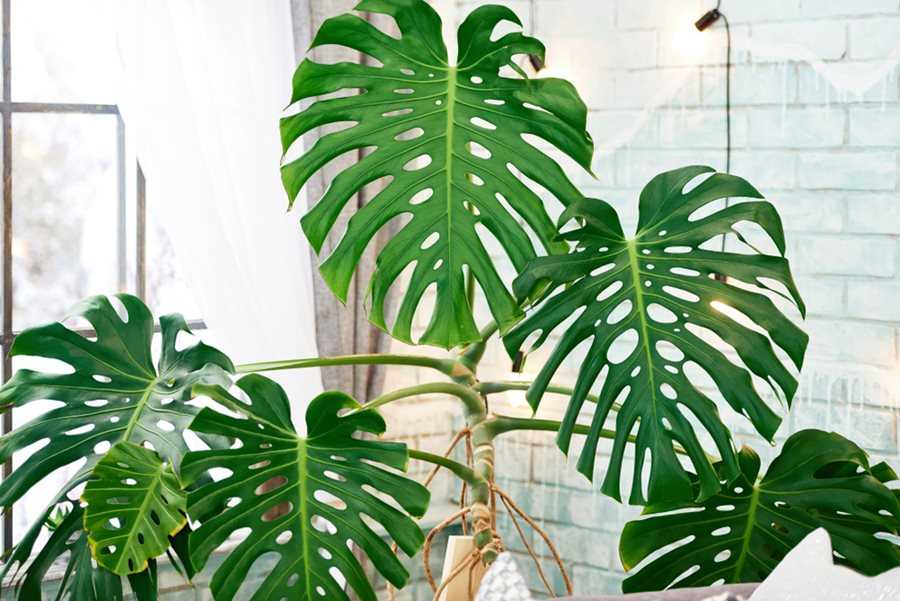
Monstera plants belong to the Araceae family and are known for their large, glossy leaves with unique patterns. The two most common Monstera plant varieties are:
- Monstera deliciosa: Also known as the Swiss cheese plant, it features large, fenestrated leaves with holes or slits. This variety is widely cultivated indoors and can grow to impressive sizes.
- Monstera adansonii: Commonly referred to as the Swiss cheese vine, it has smaller, more delicate leaves than M. deliciosa. The leaves of M. adansonii also feature fenestrations, giving them an attractive and unique appearance.
Light and Temperature Requirements
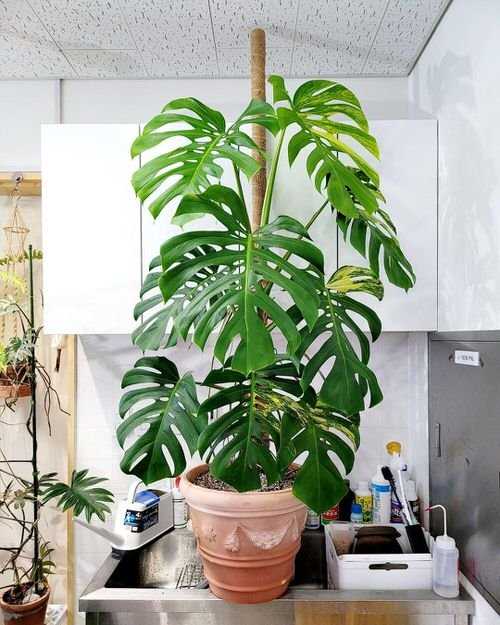
Monstera plants thrive in bright, indirect light, making them suitable for indoor environments. They can handle some direct sunlight, but excessive exposure can lead to leaf burn. As for temperature, these plants prefer a range of 65-85°F (18-29°C), making them adaptable to various room conditions.
Watering and Humidity Needs
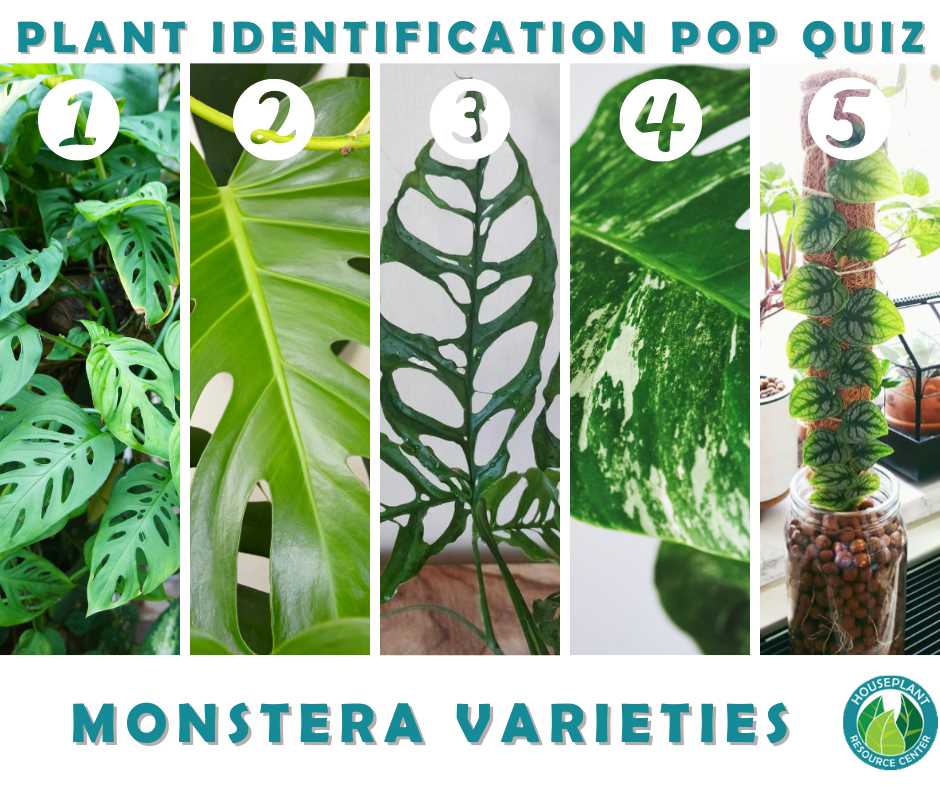
When it comes to watering, Monstera plants prefer the soil to dry out partially between watering sessions. Overwatering can lead to root rot, so it’s essential to ensure proper drainage. Additionally, Monstera plants appreciate a humid environment, so misting the leaves or using a humidifier can aid in their overall growth and health.
Soil and Fertilizer Requirements
Monstera plants thrive in well-draining soil that retains some moisture. A mix of peat moss, perlite, and regular potting soil can provide a suitable growing medium. Fertilizing once a month during the growing season with a balanced houseplant fertilizer can help support healthy growth and foliage.
Propagation and Pruning
Monstera plants can be propagated through stem cuttings, which can be rooted in water or directly in soil. Pruning is also an essential part of Monstera care to maintain a bushier appearance and remove dead or damaged parts. Regular pruning can help keep the plant healthy and promote new growth.
Potting and Repotting
When potting or repotting your Monstera plant, it’s important to choose a container with drainage holes to prevent water accumulation. Use a well-draining potting mix, and ensure the roots have enough space to grow. Repotting is generally required when the roots start to overcrowd the current container.
Pest Control and Common Problems
While Monstera plants are relatively resistant to pests, they can occasionally be affected by mealybugs, spider mites, or aphids. Regularly inspecting the plant for any signs of pests and promptly treating them with organic or chemical remedies can help keep your Monstera plants healthy.
Conclusion
Understanding and caring for Monstera plants is not overly complicated, making them an excellent choice for beginners and experienced plant enthusiasts alike. By providing the right conditions, such as proper lighting, watering, and soil, your Monstera plants will thrive and bring beauty to your indoor space.
Exploring Different Types of Monstera Plants
Monstera plants are known for their unique and stunning foliage. With their large leaves and vibrant colors, they can add a touch of tropical beauty to any indoor space. There are several different types and varieties of Monstera plants, each with its own distinct characteristics. Here are a few of the most popular ones:
1. Monstera Deliciosa
The Monstera Deliciosa, also known as the Swiss Cheese Plant, is one of the most well-known varieties of Monstera. It features large, glossy, heart-shaped leaves with iconic splits and holes, giving it its unique appearance. This plant is easy to care for and can grow to be quite large, making it a popular choice for indoor gardens.
2. Monstera Adansonii
The Monstera Adansonii, commonly referred to as the Swiss Cheese Vine, is a climbing plant with small, delicate leaves. Unlike the Monstera Deliciosa, its leaves have more pronounced splits and holes, creating a striking visual effect. This plant is perfect for hanging baskets or trellises and can add an elegant touch to any room.
3. Monstera Obliqua
The Monstera Obliqua, also known as the Swiss Cheese Philodendron, is considered one of the rarest and most difficult Monstera varieties to find. It has extremely delicate leaves with intricate splits, creating a lacy appearance. Due to its rarity and high demand, it can be quite expensive and challenging to care for.
4. Monstera Borsigiana
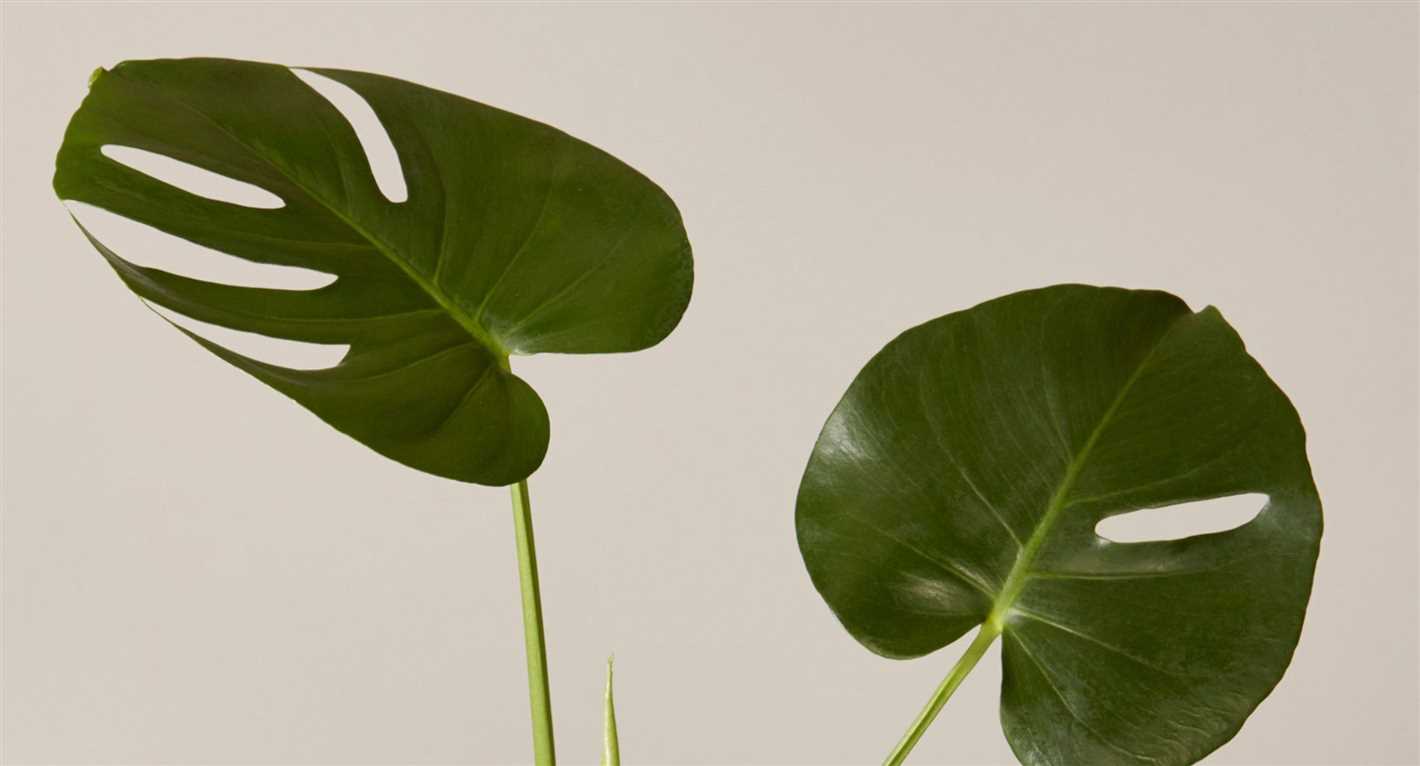
The Monstera Borsigiana is often mistaken for the Monstera Deliciosa due to their similar appearance. However, the Borsigiana is smaller in size and has leaves with fewer splits and holes. While it may not be as visually impressive as its larger relative, it is still a beautiful plant that can thrive in a variety of indoor conditions.
5. Monstera Siltepecana
The Monstera Siltepecana is a unique Monstera variety with elongated, lance-shaped leaves. Its leaves have a velvety texture and feature pronounced silver veins, giving it a striking appearance. This plant is relatively easy to care for and can adapt well to different lighting conditions, making it a versatile choice for any Monstera lover.
These are just a few of the many types and varieties of Monstera plants available. Each one has its own special features and care requirements, so be sure to research and choose the one that best fits your space and gardening capabilities. No matter which variety you choose, the beauty and presence of a Monstera plant can bring a touch of the tropical rainforest into your home.
Popular Monstera Varieties for Indoor Gardening
Monstera plants are known for their iconic large, green leaves and unique, tropical appearance. They are popular choices for indoor gardening due to their low maintenance requirements and ability to thrive in various lighting conditions. Here are some popular Monstera varieties that are commonly grown indoors:
1. Monstera deliciosa
Description: Also known as the Swiss Cheese Plant, Monstera deliciosa is one of the most popular Monstera varieties. It features large, glossy leaves with unique splits and holes, adding a tropical touch to any indoor space.
Care Tips: Monstera deliciosa prefers bright, indirect light and well-draining soil. Keep the soil consistently moist but avoid overwatering to prevent root rot. This variety can tolerate a wide range of temperatures but prefers warm and humid conditions.
2. Monstera adansonii
Description: Monstera adansonii, also known as the Swiss Cheese Vine, has smaller leaves compared to Monstera deliciosa. Its leaves feature intricate, narrow holes, resembling Swiss cheese.
Care Tips: Monstera adansonii thrives in bright, indirect light but can tolerate lower light conditions. Allow the soil to dry slightly between waterings to prevent overwatering. This variety prefers high humidity, so misting the leaves or using a humidifier can help promote its growth.
3. Monstera obliqua
Description: Monstera obliqua, commonly known as the Window Leaf Monstera, is a rare and highly sought-after variety. It has delicate, fenestrated leaves with numerous small holes.
Care Tips: Monstera obliqua requires bright, indirect light and warm temperatures. It prefers high humidity levels, so misting the leaves or using a humidity tray is recommended. This variety is more challenging to care for compared to others and may require extra attention and care.
4. Monstera pinnatipartita
Description: Monstera pinnatipartita is a lesser-known Monstera variety characterized by its deeply lobed leaves with narrow segments. It has a unique and intricate appearance.
Care Tips: Monstera pinnatipartita prefers bright, indirect light and well-draining soil. Water the plant thoroughly and allow the soil to dry out slightly between waterings. This variety benefits from occasional pruning to maintain its shape and promote new growth.
- Monstera deliciosa – large, glossy leaves with unique splits and holes
- Monstera adansonii – smaller leaves with intricate, narrow holes
- Monstera obliqua – rare variety with delicate, fenestrated leaves
- Monstera pinnatipartita – deeply lobed leaves with narrow segments
These popular Monstera varieties can enhance the beauty of indoor spaces with their unique foliage and tropical vibes. Whether you choose the iconic Monstera deliciosa or the rare Monstera obliqua, these plants can bring a touch of nature into your home with their vibrant green leaves.
How to Choose the Right Monstera for Your Home
Choosing the right Monstera for your home is crucial for ensuring the overall health and growth of the plant. With various types and varieties available, it can be overwhelming to make a decision. Here are some key factors to consider when choosing a Monstera:
1. Space
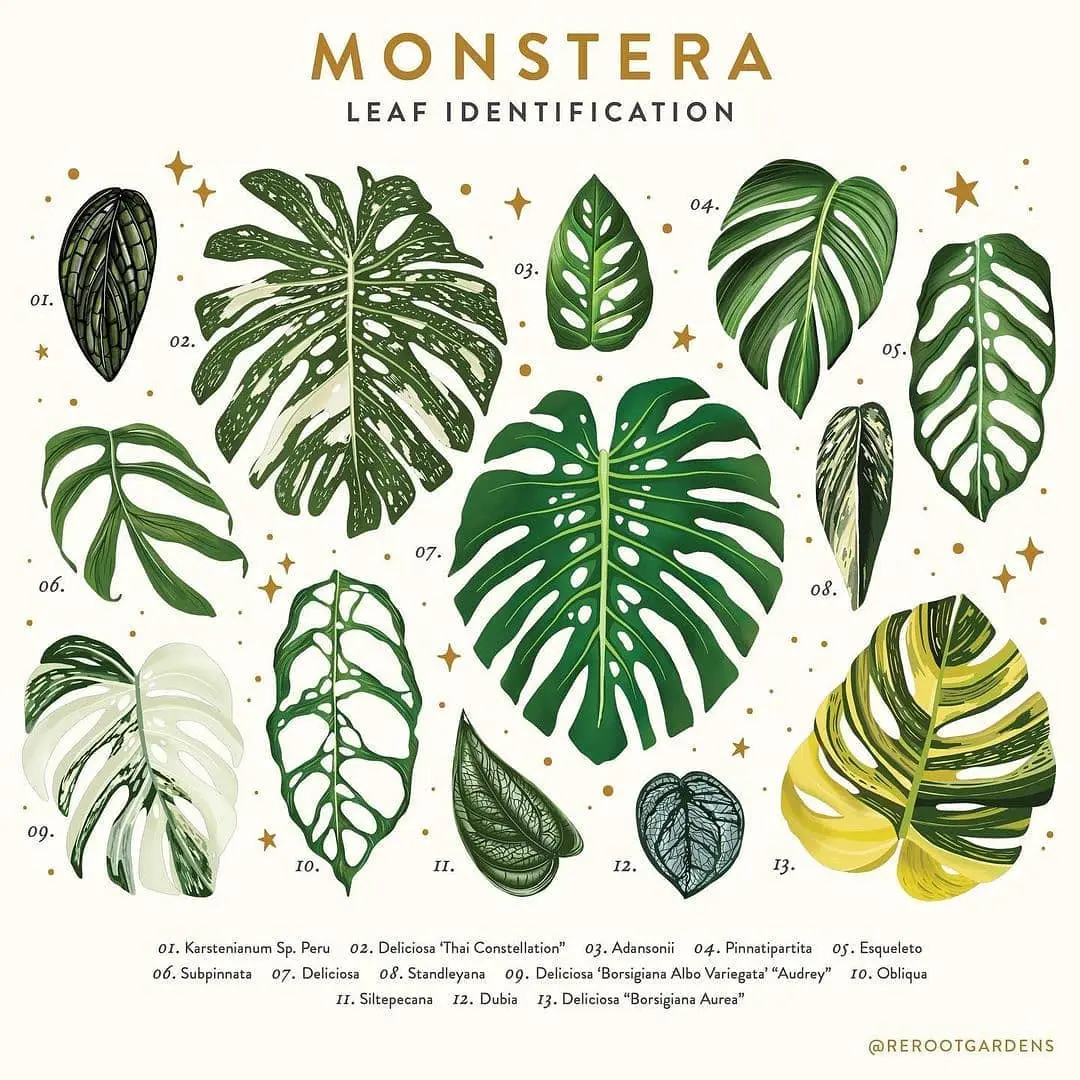
Assess the available space in your home before selecting a Monstera. Some varieties can grow quite large and require ample room to spread their leaves. If you have limited space, opt for a smaller variety like Monstera adansonii or Monstera deliciosa ‘Borsigiana’.
2. Lighting
Monstera plants thrive in bright, indirect light. Consider the lighting conditions of the area where you plan on placing the plant. If you have a lot of natural light, you can choose a variety that requires higher light intensity, such as Monstera deliciosa. For areas with lower light levels, go for varieties like Monstera sp. Peru or Monstera obliqua, which can tolerate lower light conditions.
3. Maintenance
Consider your level of commitment to plant care when choosing a Monstera. Some varieties are more demanding and require frequent watering, while others can tolerate drying out between waterings. If you’re a beginner or have a busy schedule, opt for a low-maintenance variety like Monstera adansonii or Monstera deliciosa ‘Borsigiana’.
4. Aesthetic Appeal
Lastly, consider the aesthetic appeal of the Monstera variety. Monstera plants come in various leaf shapes, sizes, and colors, which can add a unique touch to your home decor. Some popular varieties known for their striking foliage include Monstera deliciosa, Monstera adansonii, and Monstera obliqua.
Keep in mind that different Monstera varieties have different care requirements, so make sure to research and understand the specific needs of the variety you choose. By considering these factors, you can select the right Monstera that will thrive in your home and bring beauty to your space.
Essential Care Tips for Monstera Plants
1. Light
Monstera plants thrive in bright, indirect light. Place your Monstera near a window with filtered sunlight, avoiding direct sunlight as it can scorch the leaves. If you notice the leaves turning yellow, it may be getting too much direct sunlight.
2. Watering
Monstera plants prefer to be kept evenly moist, but not waterlogged. Allow the top inch of soil to dry out between waterings. Use your finger to check if the soil feels dry before watering. Be sure to water thoroughly, until water flows out of the drainage holes.
3. Humidity
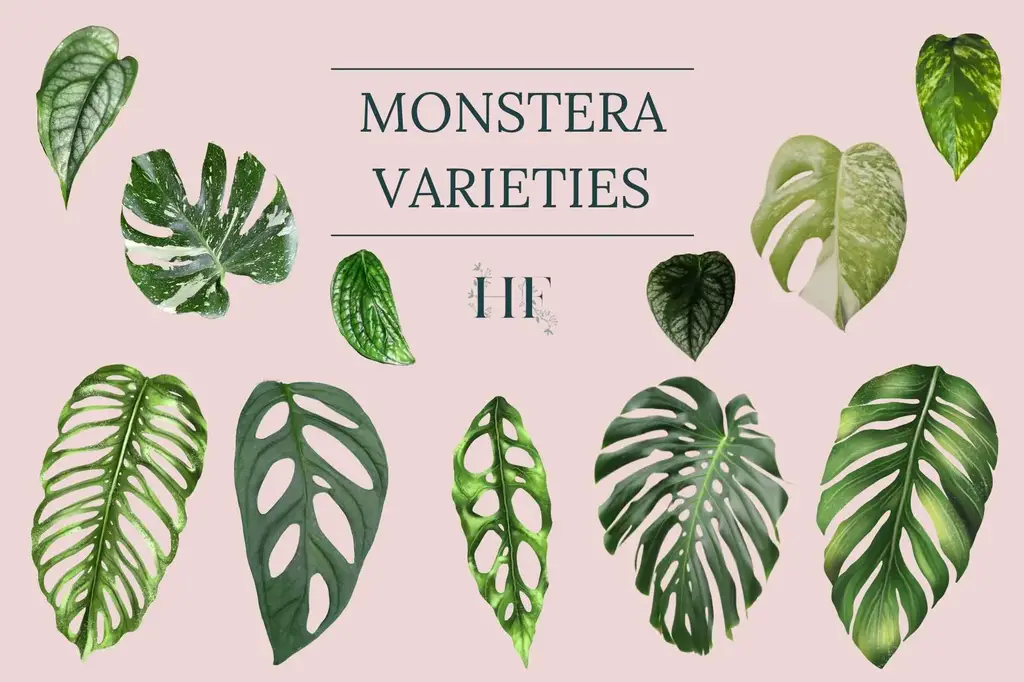
Monstera plants thrive in high humidity environments. If the air in your home is dry, consider using a humidifier or placing the plant on a tray filled with pebbles and water. This will help to increase humidity around the plant.
4. Fertilizer
Feed your Monstera plant with a balanced, water-soluble fertilizer once a month during the growing season (spring and summer). Follow the instructions on the fertilizer packaging for the proper dilution ratio.
5. Pruning
Monstera plants can grow quite large, so regular pruning is essential to maintain a tidy appearance. Trim away any yellow or brown leaves, as well as any dead or damaged stems. Pruning also helps to promote bushier growth.
6. Support
As Monstera plants grow, they may need support to prevent them from toppling over. You can use a moss pole or trellis for the plant to climb on. Secure the stems to the support using soft ties or plant clips.
7. Repotting
Monstera plants prefer to be slightly root-bound, so they don’t need to be repotted often. Repot the plant every 1-2 years, or when you notice the roots are circling the bottom of the pot. Use a well-draining potting mix and a pot with drainage holes to prevent waterlogging.
8. Pests
Keep an eye out for common houseplant pests, such as spider mites, mealybugs, and scale insects. Regularly inspect the leaves and stems for any signs of infestation. If pests are present, treat the plant with an appropriate insecticidal soap or horticultural oil.
9. Cleaning
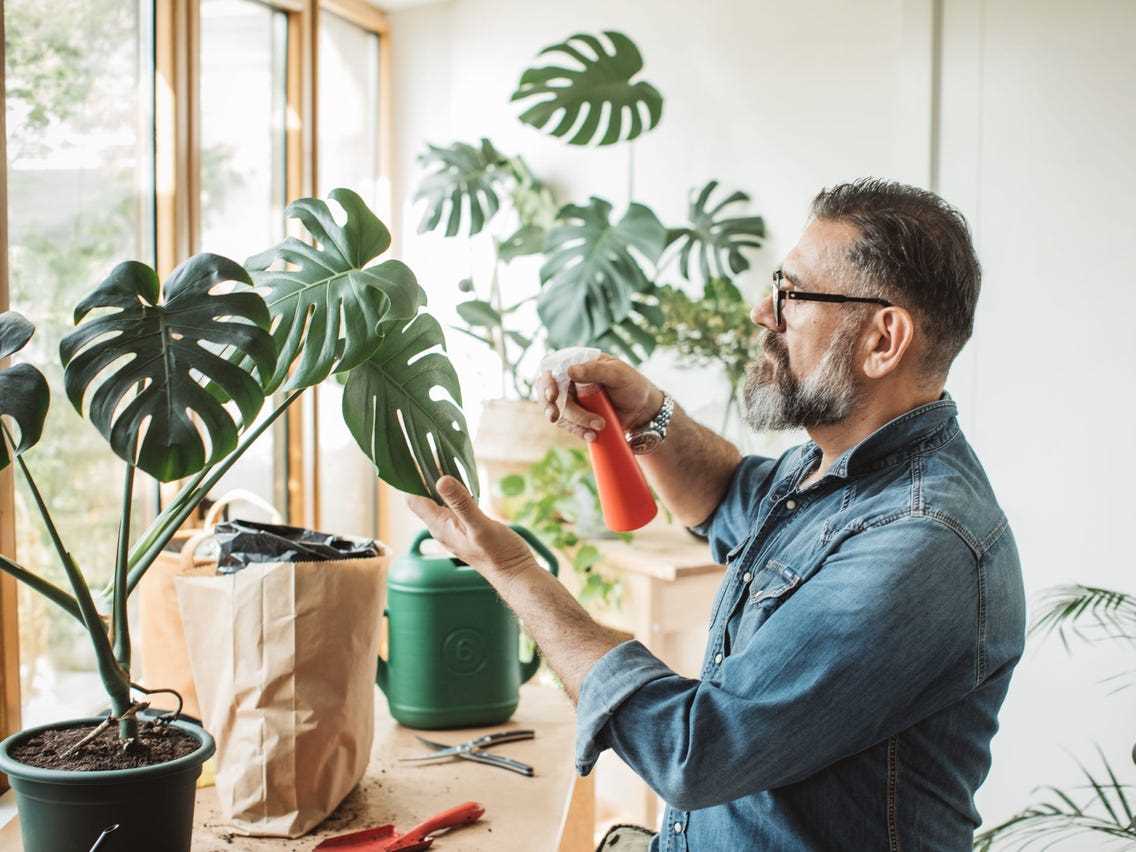
Dust can accumulate on Monstera leaves, which can hinder photosynthesis. Gently wipe the leaves with a damp cloth or sponge to remove any dust or debris. This will help the plant to absorb more light and stay healthy.
10. Propagation
Monstera plants can be propagated through stem cuttings. Take a cutting with at least one node (where the leaf meets the stem) and place it in water or a well-draining potting mix. Keep the cutting in a warm and humid environment until roots develop.
Conclusion
By following these essential care tips, you can ensure that your Monstera plants thrive and grow beautifully. Remember to provide them with the right amount of light, water, humidity, and regular maintenance to keep them healthy and happy.
Providing the Ideal Environment for Your Monstera
Creating the perfect environment for your Monstera plants is crucial in ensuring their health and growth. These tropical plants thrive best in specific conditions, and by providing them, you can help your Monstera flourish. Here are some key factors to consider:
1. Light
Monstera plants enjoy bright, indirect light. Place them near a window where they can receive plenty of filtered sunlight throughout the day. Avoid direct sunlight as it can scorch their leaves.
2. Temperature
Monstera plants prefer temperatures between 65°F (18°C) to 85°F (29°C). They can tolerate slightly lower or higher temperatures, but extreme fluctuations should be avoided.
3. Humidity
Being native to tropical regions, Monstera plants appreciate high humidity levels. Aim for a humidity level of around 60-70%. You can increase humidity by misting the leaves regularly, placing a humidifier nearby, or using a pebble tray filled with water.
4. Watering
Water your Monstera thoroughly when the top inch of the soil feels dry. Avoid overwatering as it can lead to root rot. Ensure proper drainage to prevent water from sitting in the pot.
5. Soil
Monstera plants prefer well-draining soil that retains some moisture. A mixture of peat moss, perlite, and potting soil works well. Avoid heavy clay soil as it can retain too much water and suffocate the roots.
6. Fertilizer
Feed your Monstera with a balanced, water-soluble fertilizer during the growing season (spring and summer). Follow the instructions on the package for proper dilution and frequency.
7. Pruning
Regularly prune your Monstera to maintain its shape and encourage bushier growth. Remove any yellow or damaged leaves, as well as any dead or weak stems.
8. Potting and Repotting
When potting or repotting your Monstera, use a container that allows for proper drainage. Monitor the roots and repot when they become root-bound. Repotting should be done during the spring or summer.
By considering these factors and providing the ideal environment, you can help your Monstera plants thrive and enjoy their lush foliage for years to come.
Common Diseases and Pests that Affect Monstera Plants
Diseases:
- Root rot: This is a common issue that occurs when the roots of the Monstera plant are continuously exposed to excessive moisture. It can lead to the decay of the root system and eventually the death of the plant.
- Leaf spot: Leaf spot is a fungal disease that causes small brown or black spots to appear on the leaves of the Monstera plant. If left untreated, it can spread and cause the leaves to turn yellow and fall off.
- Powdery mildew: Powdery mildew is a fungal disease that appears as a white, powdery substance on the leaves and stems of the Monstera plant. It can hinder photosynthesis and stunt the growth of the plant.
- Bacterial blight: Bacterial blight is a disease that causes dark brown or black spots to develop on the leaves of the Monstera plant. It can be spread through contaminated soil or tools, and it can lead to the death of the plant if not treated.
Pests:
- Spider mites: Spider mites are tiny pests that can infest the Monstera plant and cause webbing, discoloration, and stunted growth. They feed on the plant’s sap and can be difficult to eliminate.
- Mealybugs: Mealybugs are small, white insects that often appear as cotton-like clusters on the leaves and stems of the Monstera plant. They suck sap from the plant and can weaken it over time.
- Aphids: Aphids are small, soft-bodied insects that can infest the Monstera plant and cause distorted growth, yellowing leaves, and the secretion of a sticky substance called honeydew. They reproduce quickly and can quickly cause damage to the plant.
- Scale insects: Scale insects are small, immobile pests that attach themselves to the stems and leaves of the Monstera plant. They can be difficult to detect and remove, and they can cause yellowing, stunted growth, and leaf drop.
It is important to regularly inspect your Monstera plant for any signs of diseases or pests. If you notice any issues, take prompt action to properly treat and protect your plant. Good care practices, such as providing appropriate water and light conditions, can also help prevent diseases and pests from affecting your Monstera plant.
Propagation Techniques for Growing Your Own Monstera Plants
Monstera plants are popular houseplants known for their large, unique leaves and easy care requirements. If you want to expand your collection or create new plants to share with friends, propagating Monstera is an excellent way to achieve that. Here are some propagation techniques you can use to grow your own Monstera plants:
1. Stem Cutting Propagation
One of the most common propagation methods for Monstera is stem cutting. To propagate using this technique, follow these steps:
- Select a healthy stem with at least two nodes, which are the points where leaves and roots grow.
- Using sterilized pruning shears, make a clean cut just below a node on the stem.
- Place the cutting in a glass of water, making sure the nodes are submerged.
- Keep the glass in a well-lit area away from direct sunlight and change the water every few days.
- After a few weeks, you should start seeing roots forming. Once the roots are a couple of inches long, you can transfer the cutting to a pot with well-draining soil.
2. Air Layering
Air layering is another propagation technique that works well for Monstera plants. Here’s how to do it:
- Choose a healthy stem with a node and remove any leaves around it.
- Make a small incision just below the node, cutting through the outer layer of the stem.
- Apply some rooting hormone to the exposed area to encourage root growth.
- Wrap the incised area with damp sphagnum moss and cover it with plastic wrap to retain moisture.
- Secure the moss and plastic wrap with a string or twist tie.
- After a few weeks, roots should start to develop. Once the roots are strong and well-established, carefully cut the stem below the new root system and plant it in a pot.
3. Division
Division is a propagation technique suitable for mature Monstera plants that have multiple stems or offshoots. To divide a Monstera plant, follow these steps:
- Carefully remove the plant from its pot and inspect the root system.
- Identify areas where the plant naturally separates into different sections with their own root systems.
- Using clean gardening shears, cut through the root system to separate the sections.
- Make sure each section has enough roots and leaves to sustain itself.
- Plant each divided section in its own pot with well-draining soil.
By using these propagation techniques, you can successfully grow your own Monstera plants and expand your indoor jungle. Experiment with different methods to find the one that works best for you, and soon you’ll have a collection of healthy, thriving Monstera plants.
Q&A:
What are the different types of Monstera plants?
There are several different types of Monstera plants, including Monstera deliciosa, Monstera adansonii, Monstera obliqua, and Monstera adansonii var. laniata, among others.
How do I care for Monstera plants?
To care for Monstera plants, you should provide them with bright, indirect light, keep them in a well-draining potting mix, water them when the top inch of soil is dry, and fertilize them once a month during the growing season.
What is the best type of potting mix for Monstera plants?
The best type of potting mix for Monstera plants is a well-draining mix that contains a combination of peat moss, perlite, and orchid bark. This allows for proper root aeration and moisture retention.
Can Monstera plants tolerate low light conditions?
Monstera plants prefer bright, indirect light, but they can tolerate lower light conditions. However, if they are not receiving enough light, they may grow slower and not produce as many leaves.
How often should I water my Monstera plant?
You should water your Monstera plant when the top inch of soil is dry. This usually means watering every 1-2 weeks, depending on the humidity levels and the size of the pot.
How often should I fertilize my Monstera plant?
You should fertilize your Monstera plant once a month during the growing season, which is typically spring and summer. Use a balanced liquid fertilizer diluted to half strength.
Video:
The Mysteries of Monstera Deliciosa: A Beginner’s Guide to Growth and Care
